
Composer Magnus Granberg took influences from Schubert's song cycle "Die Winterreise", extracting tonal material, which he merged with rhythmic influences from medieval English folk music and a song by Dowland, merging them into a temporal framework for this large and subtle composition, executed by a setpet including Angharad Davies, Erik Carlsson, Henrik Olsson, d'incise, &c.
In Stock
Quantity in Basket: None
Log In to use our Wish List
Shipping Weight: 3.00 units
EU & UK Customers:
Discogs.com can handle your VAT payments
So please order through Discogs
Sample The Album:
Anna Lindal-violin
Angharad Davies-violin
Leo Svensson Sander-cello
Erik Carlsson-percussion
John Eriksson-vibraphone
Henrik Olsson-persussion, objects
Petter Wastberg-contact microphones, mixing board
d'incise-electronics, objects
Magnus Granberg-prepared piano
Click an artist name above to see in-stock items for that artist.
Label: Another Timbre
Catalog ID: at138
Squidco Product Code: 27304
Format: CD
Condition: New
Released: 2019
Country: UK
Packaging: Cardboard Gatefold
Recorded At Atlantis, in Stockholm, Sweden, on December 8th, 2017, by Janne Hansson.
"Interview with Magnus Granberg by Another Timbre
Tell us about your new piece, 'Nun, es wird nicht weit mehr gehn'
The title of the piece, which roughly translates as 'Now, there won't be much more walking', is a fragment from Wilhelm Müller's lyrics to Die Krähe', the fifteenth song in Schubert's song cycle Die Winterreise, which I had listened to several times before writing the piece. I guess I have an ongoing relationship with Schubert's music, his songs in particular, and I had also used a couple of other songs from Die Winterreise as a point of departure when writing an earlier piece, 'Ist gefallen in den Schnee', which also was the first piece of mine to be released on Another Timbre. So, I happened to revisit Schubert's song cycle and somehow got attached to a couple of adjoining songs, 'Der greise Kopf' and 'Die Krähe', which I then used as points of departure when writing the piece. After starting to compose, materials from a couple of other sources crept in as well: the medieval English song 'The Woods So Wilde', and also a song by Dowland, 'Can She Excuse My Wrongs', which uses part of 'The Woods So Wilde' in one of its inner voices. The idea of using 'The Woods So Wilde' as a source material is a kind of silly, (and until now) private and playful tribute to the wild members of my ensemble Skogen, which translates as 'The Woods' or 'The Forest' in English. So I used rhythmic materials from all the different sources and tonal materials from the two Schubert songs, which I then kind of deconstructed, transformed and recomposed into something different. In the end the piece turned out to use four pools of material using slightly different tonal modes, all containing comparatively large collections of melodic fragments, extended melodies, chords, timbres, single sounds and rhythms. The different pools of materials were then combined with different time values and ordered into a temporal framework consisting of a number of different sequences, through which the performers navigate with (hopefully) some help from a set of guidelines or suggestions provided by the composer.
You have developed several pieces with Skogen across quite a long period of time. How would you say that your relationship with the musicians and the way they interpret your music has changed over the years?
Yes, having had the opportunity to work with Skogen has really been of decisive importance when developing my music. I more or less started Skogen some thirteen or fourteen years ago in order to try out certain ideas, methods and materials that I had been working on and thinking about for quite some time before daring to present them to an ensemble. So working with Skogen has definitely influenced my work greatly and helped clarify things for me as regards how my music could work. I think that things would have been very different, and much more difficult - if not impossible - without this possibility of working with an ensemble of players who I trusted and who knew my work, and who were able at the earliest stages to experiment together to bring my first pieces into being.
By now the ensemble is used to the way my pieces normally work, and so we tend to approach them with a healthy dose of independence. The pieces serve as a clearly articulated environment or a framework within which the musicians move very freely in accordance with their own individual dispositions and leanings, while the materials and the temporal framework serves to guarantee an overarching coherence to the music.
You've worked with several other ensembles in recent years, but - to use a football analogy from football - does working with Skogen feel like playing on your home ground?
Yes, I guess it still does in a way: there's hardly any instruction needed apart from perhaps a few tiny remarks when rehearsing a new piece. The players all seem very much at home with how the music works and act very freely and independently in relation to it while still staying true to it. But working with other ensembles in later years has been very valuable and equally rewarding: to get to the opportunity to hear other musicians with other experiences and inclinations approaching the music and finding their own ways of cultivating it, as individuals as well as collectives, has been very interesting and informative as well as being a very joyful experience, to get to be surprised and to learn something from a different perspective.
I wonder what is the attraction of Schubert, and of the very romantic landscape painting by Julius von Leypold which you chose for the cover of the CD? Is there are barely suppressed romanticism in your music?
Yes, that's a very good question which I've asked myself repeatedly and to which I haven't really had an unambiguous answer to so far. On the contrary I quite often find myself estranged from much romantic music with its sometimes grand gestures and excessive expressivity, as compared to music from, for example, the Renaissance and baroque eras towards, to which I tend to respond in a much more immediate and unequivocally positive manner. And quite often it's the very small things and not the grand gestures or extensive developments in Schubert or other romantic music that happen to attract me and stir my interest and imagination. Things such as the atmosphere of a short introduction, the voice leading in a short passage, a melody here and there, a chord or two, a surprising modulation. But I do also realise that I may have a certain inclination to some ideas and feelings perhaps often associated with romanticism, of longing and surrender, of vulnerability and the nocturnal.
And if my music should be called romantic it's hopefully not so much because of it being a manifestation of a romantic subject as it is a matter of the disappearance or gradual dissolution of a romantic subject, of perhaps becoming and being part of a larger existence and its various transformations."
Artist Biographies
• Show Bio for Anna Lindal "Anna Lindal, violin, studied in Sweden and Switzerland. Lived and performed in Switzerland and France for many years, played in the string trio Trio des Lyres specialized in mixed programs with barock and classical music on original instruments as well as contemporary works. During this time the film "Livsstråk" was made which is a musical portrait of Anna Lindal. From 1983 to 2001 concertmaster of the Royal Philharmonic Orchestra in Stockholm and from 2002 Professor of violin at the Royal college of Music in Stockholm. Currently Professor in Music att Stockholm University of the Arts and free lance violinist. Engaged in artistic research on interpretation/improvisation and tradition/convention versus contemporary expressions. Performs regularly as soloist, as chamber musician, in experimental theatre and in different groups for free improvisation. Collaborates with a large number of contemporary composers and has had many new compositions dedicated to her. Made several recordings, among others two solo records with works by John Cage and Christian Wolff together with related composers. Has also been performing instrumental Argentine Tango in the quintet Tango Libre for several years." ^ Hide Bio for Anna Lindal • Show Bio for Angharad Davies "Angharad Davies is a violinist, one at ease in both improvising and composition, with a wide discography as part of varied range of ensembles and groups. She's a specialist in the art of 'preparing' her violin, adding objects or materials to it to extend its sound making properties. Her sensitivity to the sonic possibilities of musical situations and attentiveness to their shape and direction make her one of contemporary music's most fascinating figures. 2015 has seen her being commissioned for a new work at the Counterflows Festival, Glasgow and premiering Eliane Radigue's new solo for violin, Occam XXI at the El Nicho Festival, Mexico. She's performed at, the Queen Elizabeth Hall, BBC Proms, Music We'd Like to Hear's concert series, is an associate artist at Cafe Oto, is a member of Apartment House, Cranc and Common Objects, been artist in residence at Q-02, and played live with Tony Conrad in the Turbine Room at the Tate Modern. Other collaborations have featured the likes of John Butcher, Daniela Cascella, Rhodri Davies, Julia Eckhardt , Kazuko Hohki, Roberta Jean, Lina Lapelyte, Dominic Lash, Tisha Mukarji, Andrea Neumann, Rie Nakajima, Tim Parkinson, J.G.Thirlwell, Stefan Thut, Paul Whitty, Manfred Werder, Birgit Ulher, Taku Unami and she's released records on Absinth Records, Another Timbre, Potlatch and Confrontrecords." ^ Hide Bio for Angharad Davies • Show Bio for Leo Svensson Sander "Cellist Leo Svensson Sander is a member of Erlend Viken Trio, Eter (6), Gul 3, Skog Och Dal, Skogen, Skuggorna Och Ljuset, The Tiny, Walrus" ^ Hide Bio for Leo Svensson Sander • Show Bio for Erik Carlsson "Erik Carlsson is an improvising percussionist whose blissful sounds resound throughout the world. Apart from performing solo, he is also heard with musicians and ensembles such as Toshimaru Nakamura, Tetuzi Akiyama, Martin Küchen, Chip Shop Music, Skogen and Mats Gustafsson's Swedish Azz." ^ Hide Bio for Erik Carlsson • Show Bio for John Eriksson "John Eriksson is a member of Peter Bjorn And John, and Skogen" ^ Hide Bio for John Eriksson • Show Bio for Henrik Olsson "Henrik Olsson was born in 1975 in the village of Kyrkhult, a small industrial community in the south of Sweden. Studied classical percussion and received my MFA in 2001 at The Academy of Music and Drama, University of Gothenburg. I move freely between notated music and free improvisation, blending acoustic and amplified sounds with the use of contact microphones." ^ Hide Bio for Henrik Olsson • Show Bio for Petter Wastberg "Petter Wastberg is a member of Skog Och Dal, Skogen, Slötakvartetten, Unforgettable H2O" ^ Hide Bio for Petter Wastberg • Show Bio for d'incise "Laurent PETER, a.k.a. d'incise (Geneva, 1983), drifting musician, grew up inbetween dub sound system and experimental electronic music. Sound explorer, he has no perticular instrument, using whatever can be considered as such, softwares, recordings, objects, percussions, harmonium, etc. He's interested in radicalism, reductionnism, repetitions and conceptual approaches, building specific set-up for each new occasion, in improvised or composed context. He tends to extract the most tiny details of the elements, appreciates slowness and obsessive explorations of simple processes. He's, since many years with Cyril Bondi, behind the INSUB. label, orchetra, the Diatribes duo, and many other things, and does graphic designs." ^ Hide Bio for d'incise • Show Bio for Magnus Granberg "Magnus Granberg is a composer and performer working at an intersection between contemporary chamber music and improvisation. He is based in Stockholm, Sweden. Born in Umeå in 1974, he studied saxophone and improvisation at the University of Gothenburg and in New York in his late teens and early twenties. Self-taught as a composer, he formed his own ensemble Skogen in 2005 trying to integrate experiences, methods and materials from various traditions of improvised and composed musics into a new modus operandi. Now mainly working with the ensemble Skogen and the newly formed Skuggorna och ljuset, while also writing music on commission for different ensembles and projects. He is also active as an improvisor in different contexts, mainly playing the clarinet. His music has been performed in Norway, Sweden, Switzerland, the United States, England, Austria, Hungary and Slovenia, broadcast by public radio channels in England (BBC Radio 3 and 6), Germany (SWR 2), Sweden (SR P2), Estonia, Slovenia, Serbia, Hungary and the United States, and has been published by the British record label Another Timbre. Recent work includes a commission from Another Timbre and Ensemble Grizzana and collaborations with musicians such as David Sylvian, Christoph Schiller and the Swiss duo Diatribes. He has in the last decade also, more or less regularly, collaborated with musicians such as Angharad Davies, Tisha Mukarji, Tetuzi Akiyama, Toshimaru Nakamura, Anna Lindal, Kristine Scholz, Rhodri Davies, Simon Allen, Christoph Schiller and Ko Ishikawa." ^ Hide Bio for Magnus Granberg
3/31/2025
Have a better biography or biography source? Please Contact Us so that we can update this biography.
3/31/2025
Have a better biography or biography source? Please Contact Us so that we can update this biography.
Have a better biography or biography source? Please Contact Us so that we can update this biography.
3/31/2025
Have a better biography or biography source? Please Contact Us so that we can update this biography.
Have a better biography or biography source? Please Contact Us so that we can update this biography.
3/31/2025
Have a better biography or biography source? Please Contact Us so that we can update this biography.
Have a better biography or biography source? Please Contact Us so that we can update this biography.
3/31/2025
Have a better biography or biography source? Please Contact Us so that we can update this biography.
3/31/2025
Have a better biography or biography source? Please Contact Us so that we can update this biography.
Track Listing:
1. Nun, es wird nicht weit mehr gehn (2017) 56:55
Compositional Forms
European Improvisation, Composition and Experimental Forms
Septet recordings
Ambient & Minimal Music
New in Compositional Music
Search for other titles on the label:
Another Timbre.
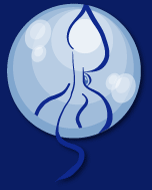

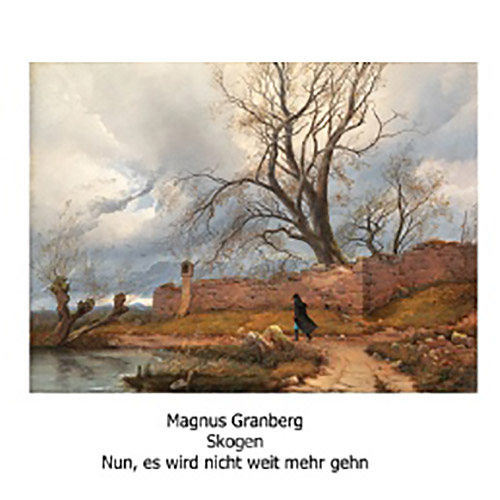
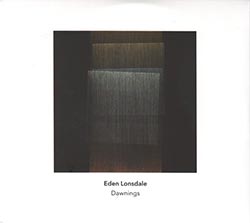
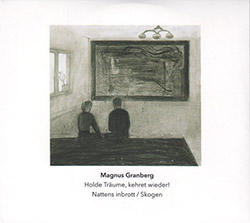
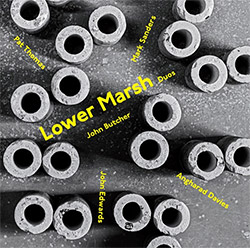
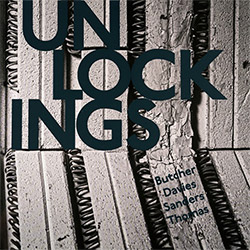
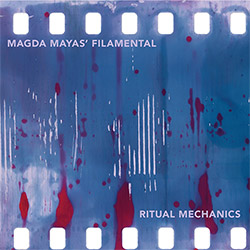
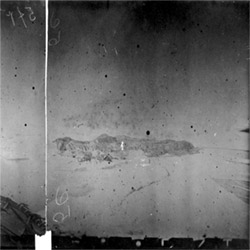
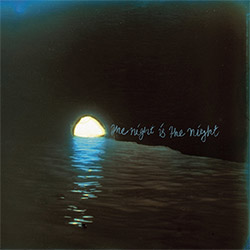
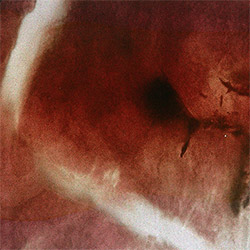
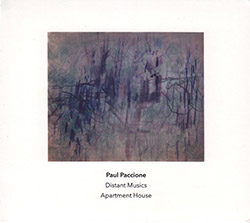
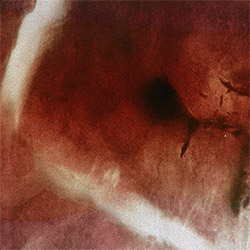
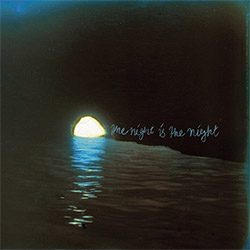
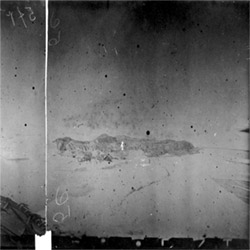
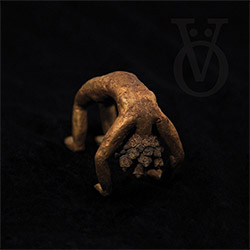
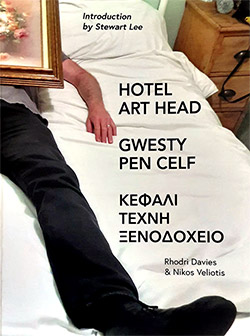
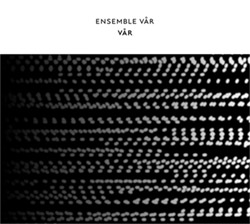
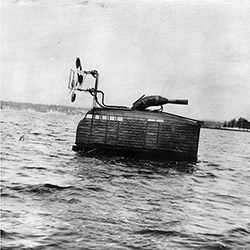
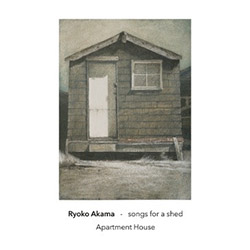
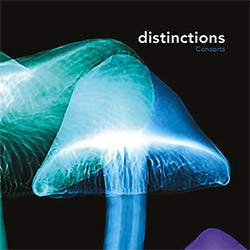
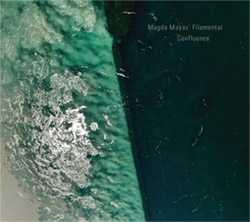
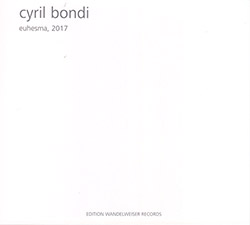
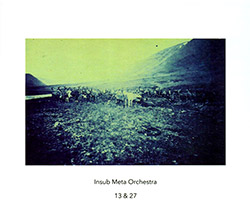
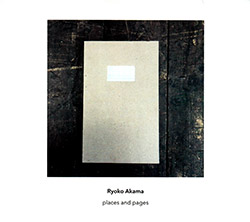

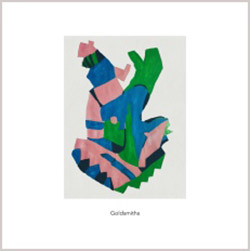

![Rodrigues, Ernesto / Nuno Torres / Guilherme Rodrigues: Whispers In The Moonlight - In Seven Movements [2CDs]](https://www.teuthida.com/productImages/misc4/35765.jpg)
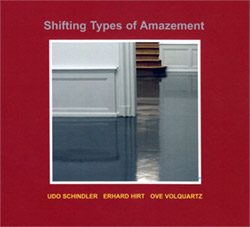
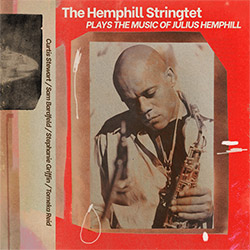
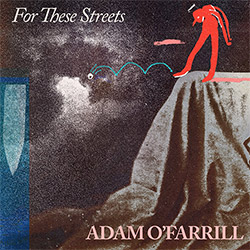
![Cocks, Laura: FATHM [VINYL]](https://www.teuthida.com/productImages/misc4/36055.jpg)
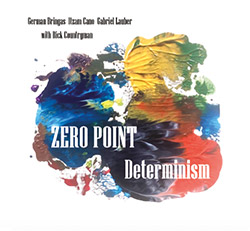
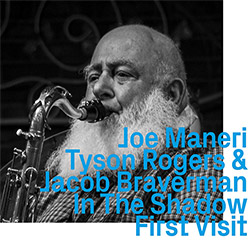
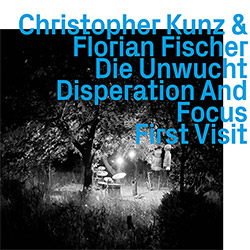
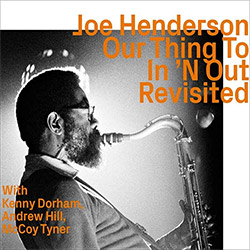
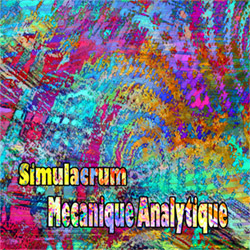
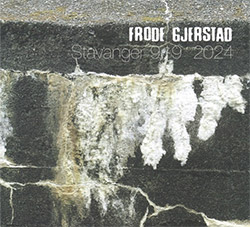
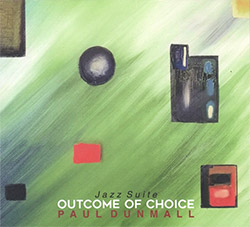

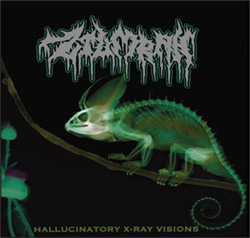
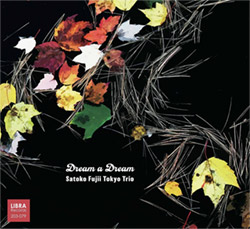
![Ackerley / Prymek / Turner: All Hope With Sleeping Minds [CASSETTE]](https://www.teuthida.com/productImages/misc4/35950.jpg)
![Myers, David Lee : Tin Drop Tear [BOOK w/ DOWNLOAD]](https://www.teuthida.com/productImages/misc4/36030.jpg)
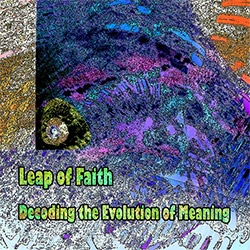
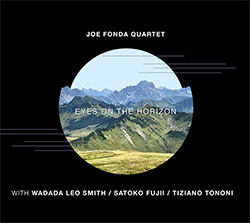
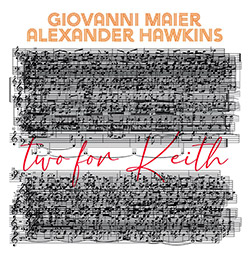
![Schindler, Udo / Sandy Ewen / Damon Smith: Munich Sound Studies Vols. 4, 5 & 6 [3 CDs]](https://www.teuthida.com/productImages/misc4/35966.jpg)
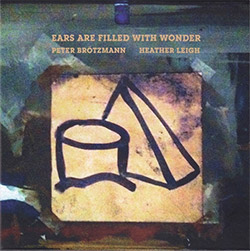
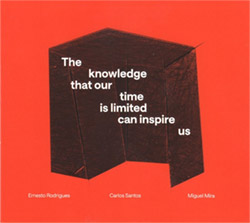
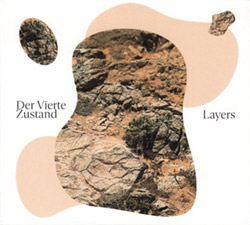
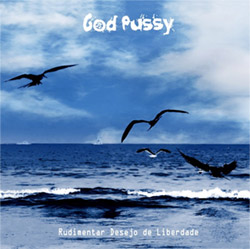
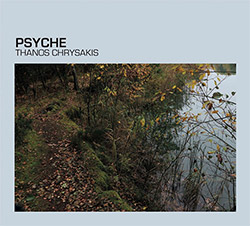
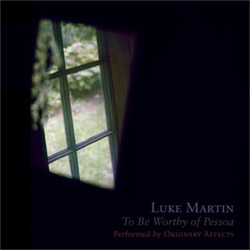
![Turbulence Orchestra & Sub-Units: Smear Out the Difficulties (Double Live) [2 CDs]](https://www.teuthida.com/productImages/misc4/36048.jpg)
![Perelman, Ivo / Tyshawn Sorey: Paralell Aesthetics [2 CDs]](https://www.teuthida.com/productImages/misc4/35871.jpg)
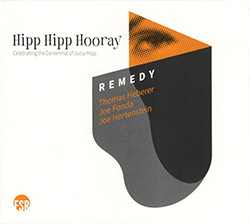
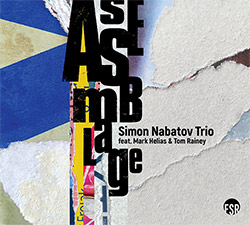
![Sjostrom, Harri: SoundScapes #4 Festival Berlin 2023 [3 CDs]](https://www.teuthida.com/productImages/misc4/35874.jpg)
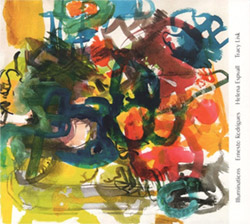
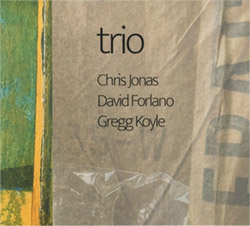
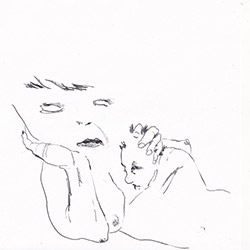
![Glenn, Jordan: Flustered [CASSETTE]](https://www.teuthida.com/productImages/misc4/35948.jpg)
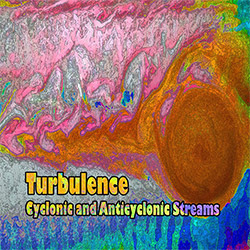
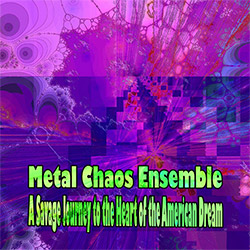
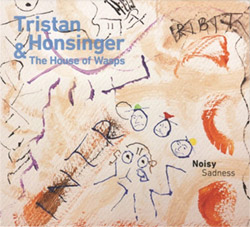
![Lindorff-Ellery, Evan: Church Recordings from Monhegan [CASSETTE]](https://www.teuthida.com/productImages/misc4/35949.jpg)
![Schindler, Udo / Werner Dafeldecker / Gunnar Geisse: Travelling Sound Images - Cognitive Transfers [Trio]](https://www.teuthida.com/productImages/misc4/35767.jpg)
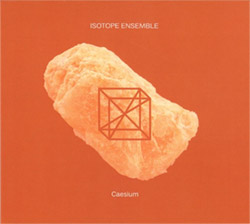
![Egberth, Dennis: The Dennis Egberth Dynasty [VINYL]](https://www.teuthida.com/productImages/misc4/35549.jpg)
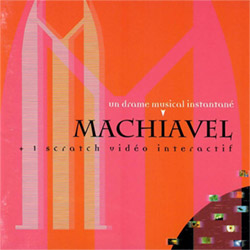
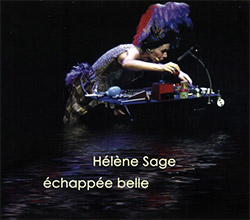
![Schindler, Udo / Rieko Okuda / Eric Zwang Eriksson: Disturbed Terrains [2 CDs]](https://www.teuthida.com/productImages/misc4/35330.jpg)
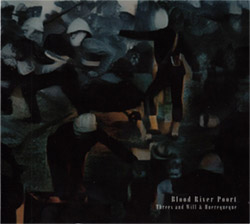
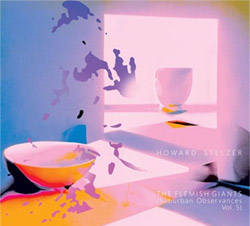
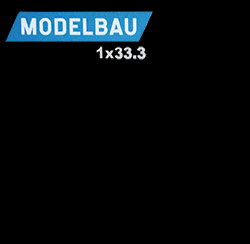
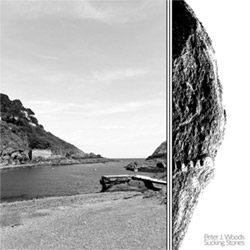
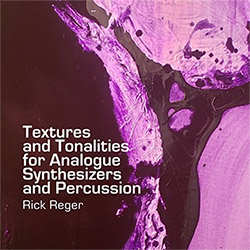
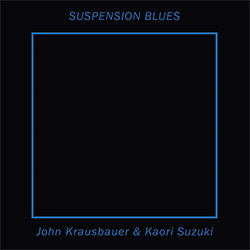
![Olencki, Weston : Pearls Ground Down To Powder [VINYL]](https://www.teuthida.com/productImages/misc4/35956.jpg)
![Myers, David Lee: Oculus [2CDs]](https://www.teuthida.com/productImages/misc4/35857.jpg)
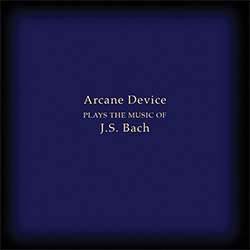
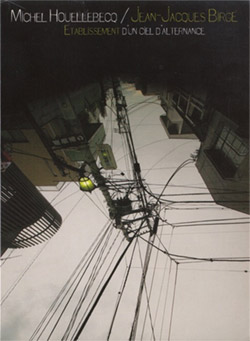
![dustsceawung: dustsceawung [CASSETTE w/ Download]](https://www.teuthida.com/productImages/misc4/35753.jpg)

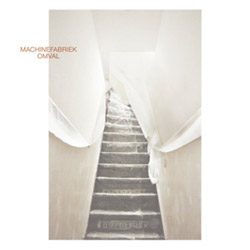
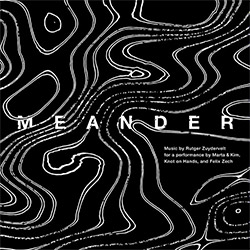
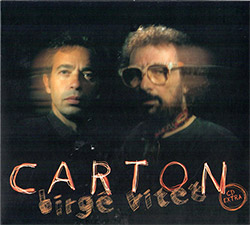
![Halls of the Machine: Atmospheres For Lovers And Sleepers [CASSETTE w/ DOWNLOAD]](https://www.teuthida.com/productImages/misc4/35806.jpg)
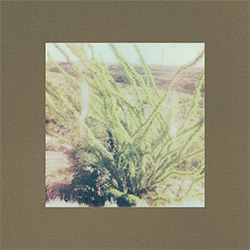

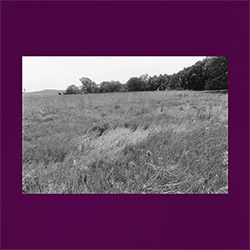
![AHC (Alexander Cooper): Lase [2 CDs]](https://www.teuthida.com/productImages/misc4/35754.jpg)
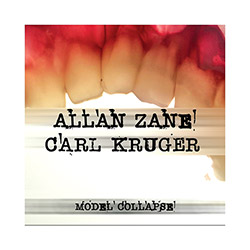
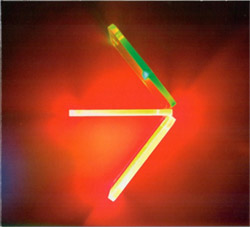
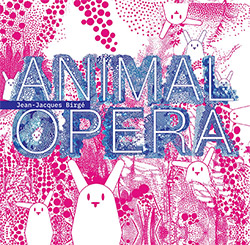
![Fagaschinski, Kai / Yan Jun : Graveyard Processions [VINYL w/ DOWNLOAD]](https://www.teuthida.com/productImages/misc4/35474.jpg)
![Brant, Cody / Carl Kruger: Smoke Detail [CASSETTE w/ DOWNLOAD]](https://www.teuthida.com/productImages/misc4/35551.jpg)
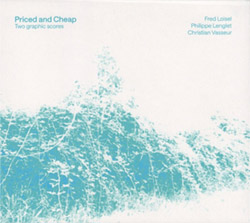
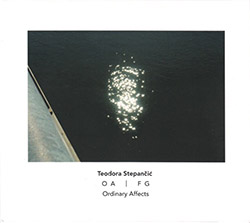
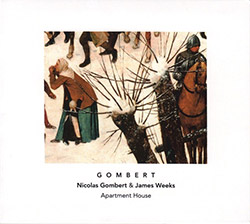

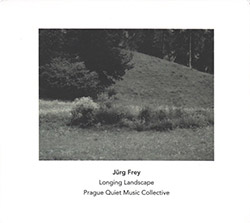
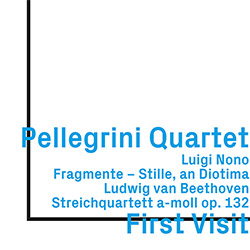
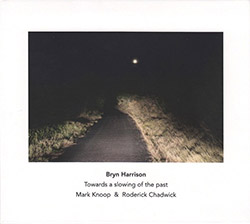
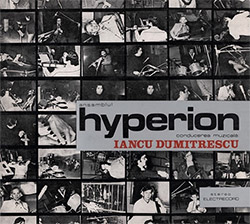
![Zorn, John / JACK Quartet: The Complete String Quartets [2 CDs]](https://www.teuthida.com/productImages/misc4/35609.jpg)
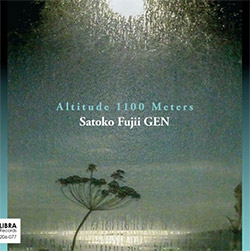
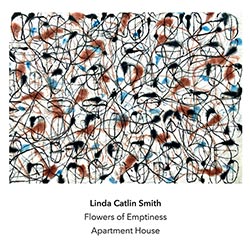
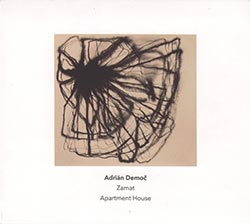
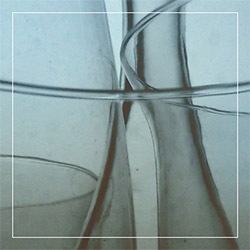
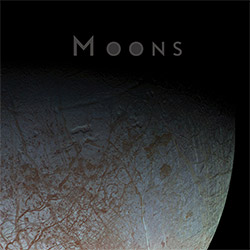
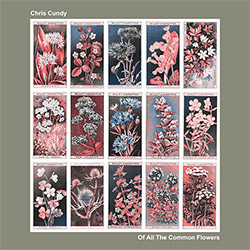
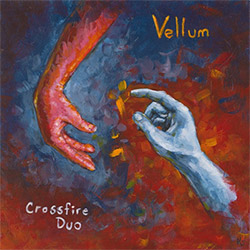
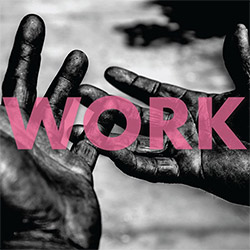
![Sanna, Claudio: Compositori Sardi Contemporanei II [2 CDs]](https://www.teuthida.com/productImages/misc4/35317.jpg)

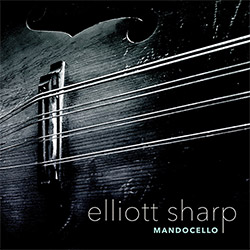
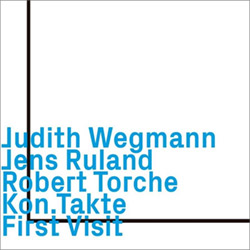
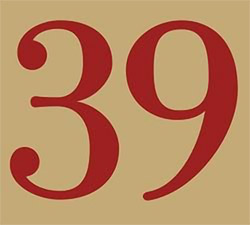
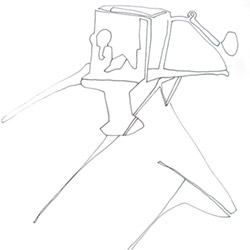
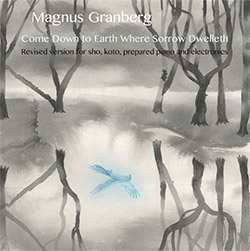
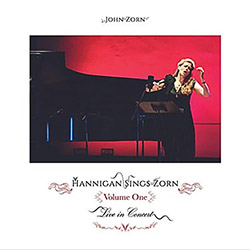
![Zurria, Manuel: Fame di Vento [3 CDs]](https://www.teuthida.com/productImages/misc4/35167.jpg)
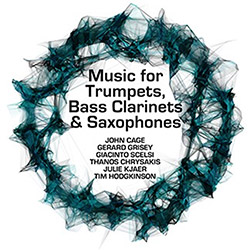
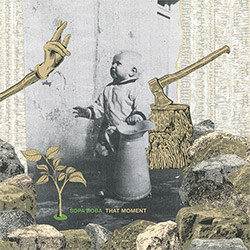
![Electric Bird Noise / Derek Roddy: 8-10-22 [CD EP]](https://www.teuthida.com/productImages/misc4/35970.jpg)
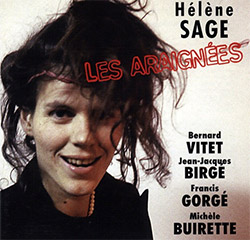
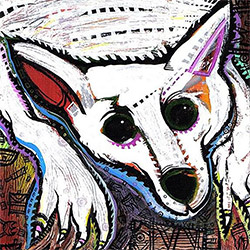

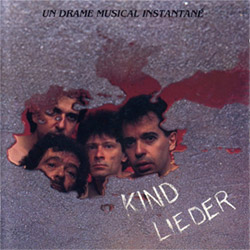
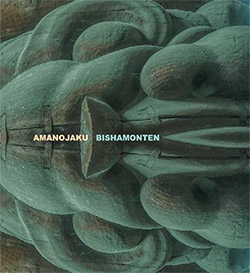
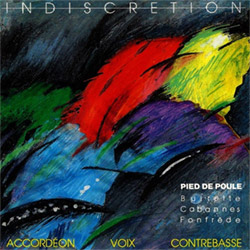
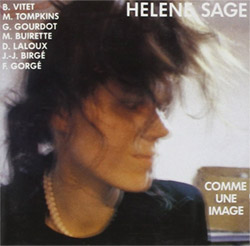
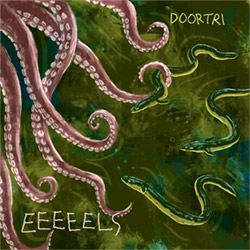
![Elephant9 : Mythical River [VINYL]](https://www.teuthida.com/productImages/misc4/34624.jpg)
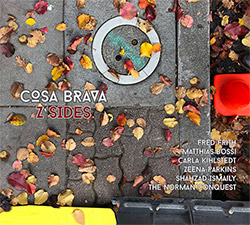
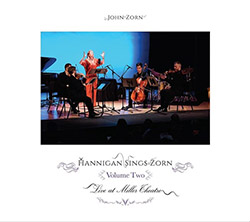
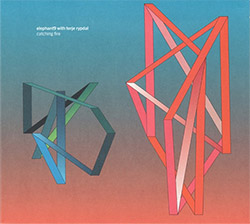
![Elephant9 with Terje Rypdal: Catching Fire [VINYL 2 LPs]](https://www.teuthida.com/productImages/misc4/35355.jpg)
![Deerlady (Obomsawin, Mali / Magdalena Abrego): Greatest Hits [VINYL]](https://www.teuthida.com/productImages/misc4/34876.jpg)
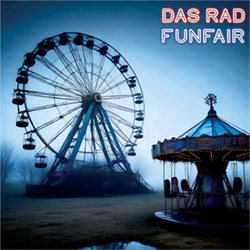
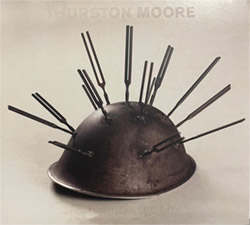
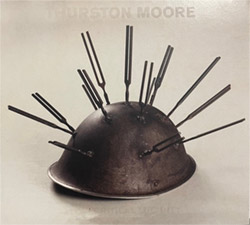

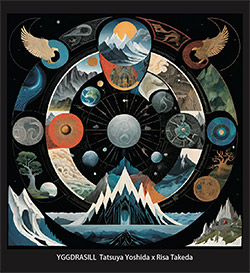
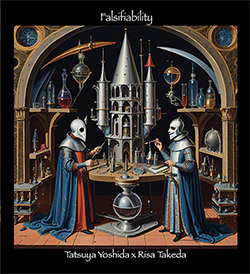
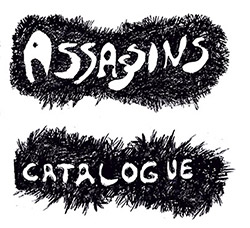
![Surplus 1980: Illusion of Consistency [CD]](https://www.teuthida.com/productImages/misc4/35069.jpg)
![Staiano, Moe: Away Towards the Light [VINYL + DOWNLOAD]](https://www.teuthida.com/productImages/misc4/35037.jpg)
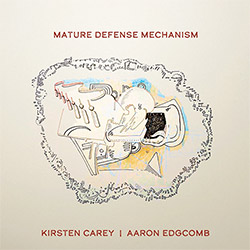

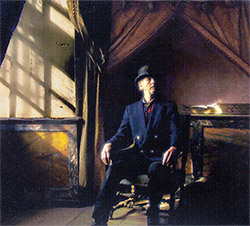
![Caveira (Gomes / Sousa / Abras / Ferrandini): Ficar Vivo [VINYL]](https://www.teuthida.com/productImages/misc4/34643.jpg)
![Coley, Byron: Dating Tips for Touring Bands [VINYL]](https://www.teuthida.com/productImages/misc4/17906.jpg)
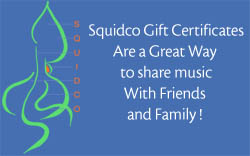
![Lost Kisses: My Life is Sad & Funny [DVD]](https://www.teuthida.com/productImages/misc4/lostKissesDVD.jpg)